Features
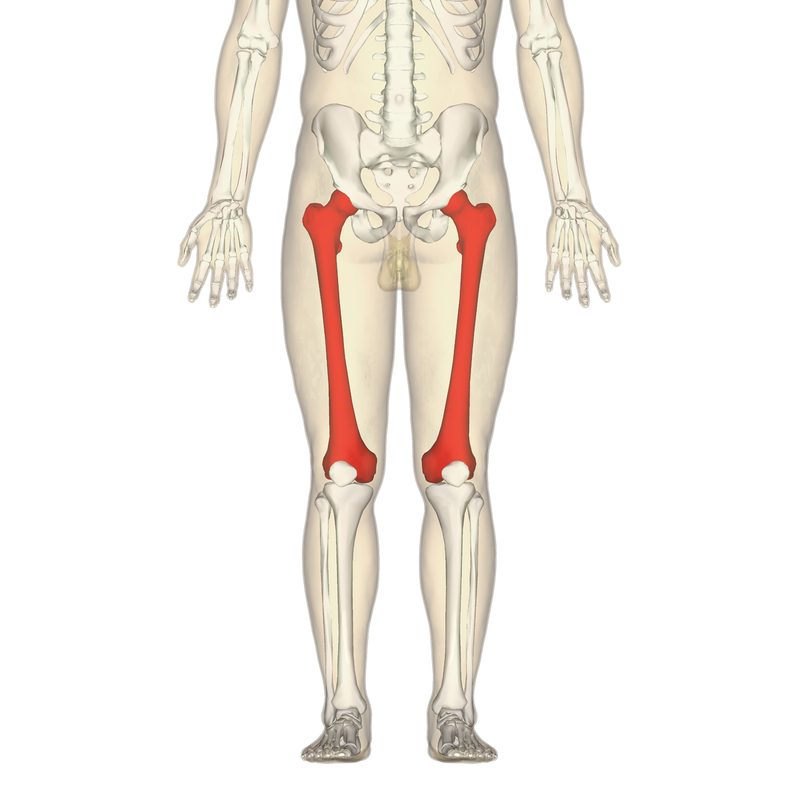
femur
Your thighbone (femur) is the longest and strongest bone in your body. Because the femur is so strong. On its proximal end, the femur forms a smooth, spherical process known as the head of the femur. The head of the femur forms the ball-and-socket hip joint with the cup-shaped acetabulum of the coxal (hip) bone. The rounded shape of the head allows the femur to move in almost any direction at the hip, including circumduction as well as rotation around its axis. Just distal from the head, the femur narrows considerably to form the neck of the femur. The neck of the femur extends laterally and distally from the head to provide extra room for the leg to move at the hip joint
Learn More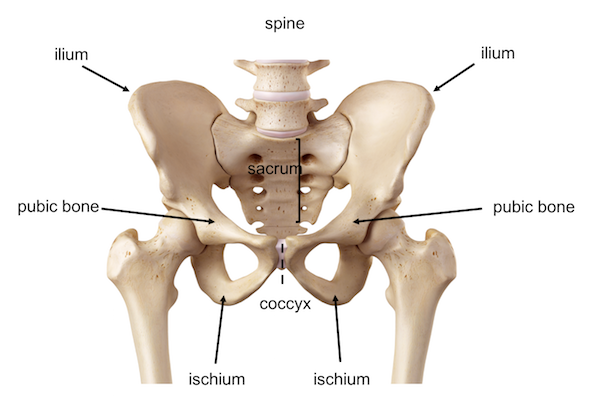
pelvis
The lower part of the abdomen that is located between the hip bones in a female. The female pelvis is usually more delicate than, wider than, and not as high as the male pelvis. The angle of the female pubic arch is wide and round. The female sacrum is wider than the male's, and the iliac bone is flatter. The pelvic basin of the female is more spacious and less funnel-shaped than the male's. From a purely anatomic viewpoint, the female pelvis is better suited than the male pelvis to accommodate a fetus during pregnancy and permit the baby to be born.
Learn More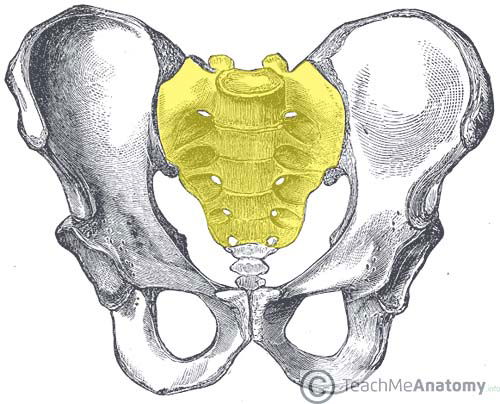
sacrum
The sacrum is a large wedge shaped vertebra at the inferior end of the spine. It forms the solid base of the spinal column where it intersects with the hip bones to form the pelvis. The sacrum is a very strong bone that supports the weight of the upper body as it is spread across the pelvis and into the legs.
Learn More
coccyx
The coccyx is a triangular arrangement of bone that makes up the very bottom portion of the spine below the sacrum. It represents a vestigial tail, hence the common term tailbone.The coccyx connects with the sacrum through the sacrococcygeal joint, and there is normally limited movement between the coccyx and the sacrum. The coccyx usually moves slightly forward or backward as the pelvis, hips, and legs move. When a person sits or stands, the bones that make up the pelvis (including the coccyx) rotate outward and inward slightly to better support and balance the body.
Learn More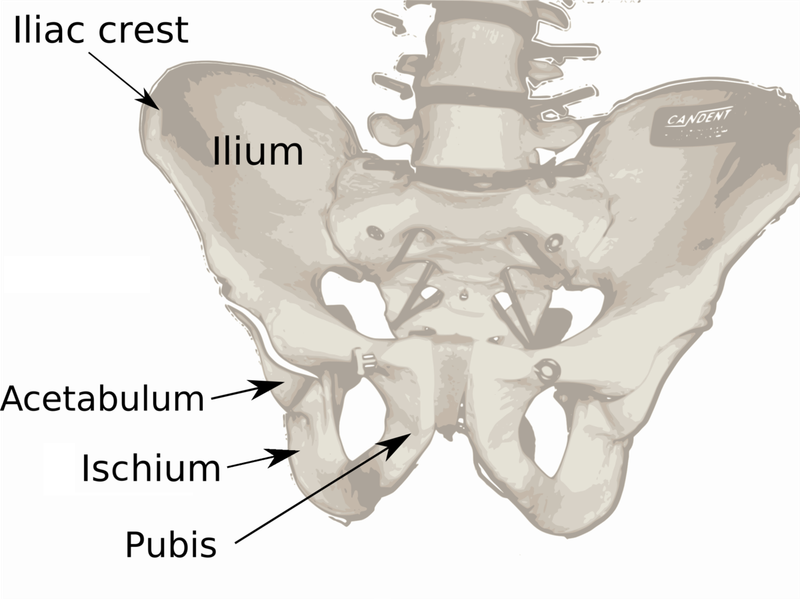
ilium
The ilium is the largest and most superior of the three bones that join to form the hipbone, or os coxa. It is a wide, flat bone that provides many attachment points for muscles of the trunk and hip. You can find the crest of your ilium by placing your hands on your hips. The superficial location of the ilium makes it a common site for extracting bone tissue for grafting and bone marrow for transplants.
Learn More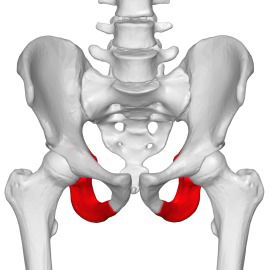
ishium
The ischium forms the posteroinferior part of the hip bone. Much like the pubis, it is composed of a body, an inferior ramus and superior ramus.The inferior ischial ramus combines with the inferior pubic ramus forming the ischiopubic ramus, which encloses part of the obturator foramen. The posterorinferior aspect of the ischium forms the ischial tuberosities and when sitting, it is these tuberosities on which our body weight falls.
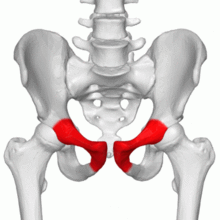
pubis
The pubis is the most anterior portion of the hip bone. It consists of a body, superior ramus and inferior ramus



